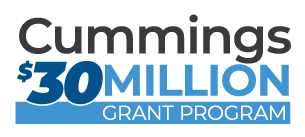Ethos publishes a newsletter, which is emailed out to all JP@Home members and other interested community members. Members are welcome to submit articles for publication. Please see below for submission guidelines.
Submission Guidelines
The JP@Home Newsletter highlights news, activities, events, and other Ethos or member-led initiatives that might be of benefit to others. The editors reserve the right to edit and shorten text as necessary; they also reserve the right to refuse text. Editorial contributions from non-members are welcome and gladly considered for publication. All submissions are subject to the following guidelines:
Articles should be informative and contain non-commercial, non-partisan, and non-sectarian points of view.
No more than the first 150 words of any article will be included in the newsletter with a link to the complete text on the JP@Home section of the Ethos website. Articles should be no more than 450 words long.
Ethos complies with all laws regarding publishing rights.
The article submission deadline is the 15th of the month for the next month’s newsletter. Articles may be submitted to jpathome@ethocare.org.
Submission of an article does not guarantee it will be published in the newsletter. The editors reserve the right to publish a submitted article at a later date.
Members must receive permission to publish photos from each subject prior to submission.
If you have a question about any of these guidelines please contact Love Droster at ldroster@ethocare.org.
Articles may be submitted to jpathome@ethocare.org.

